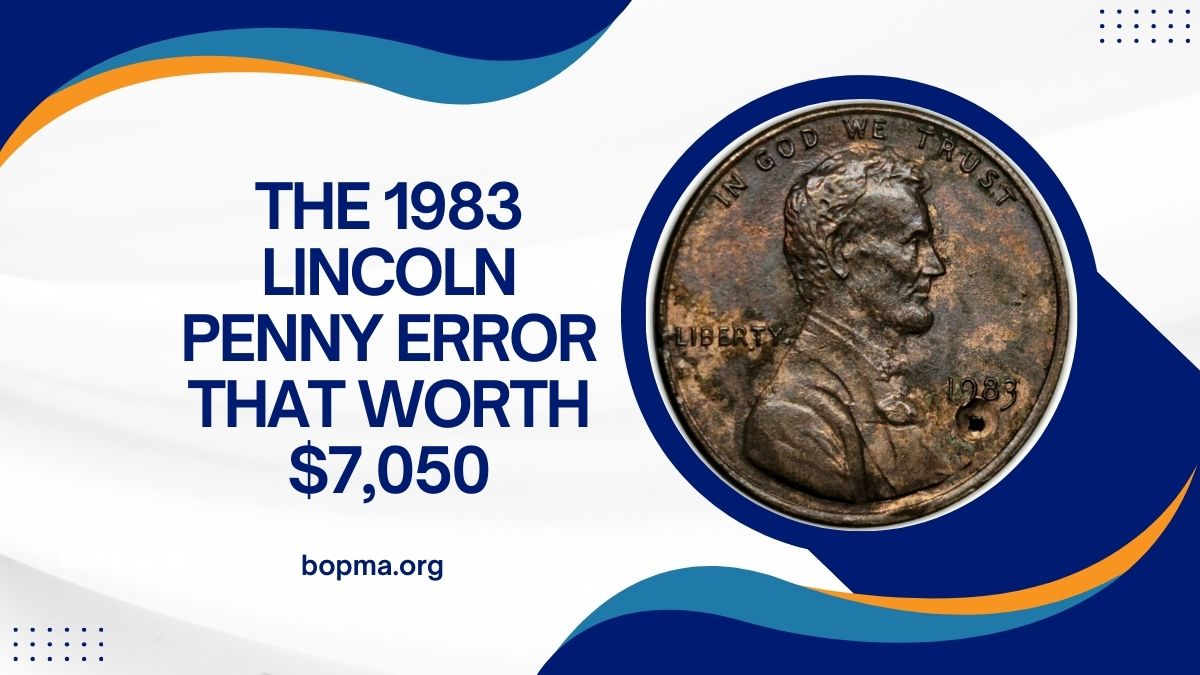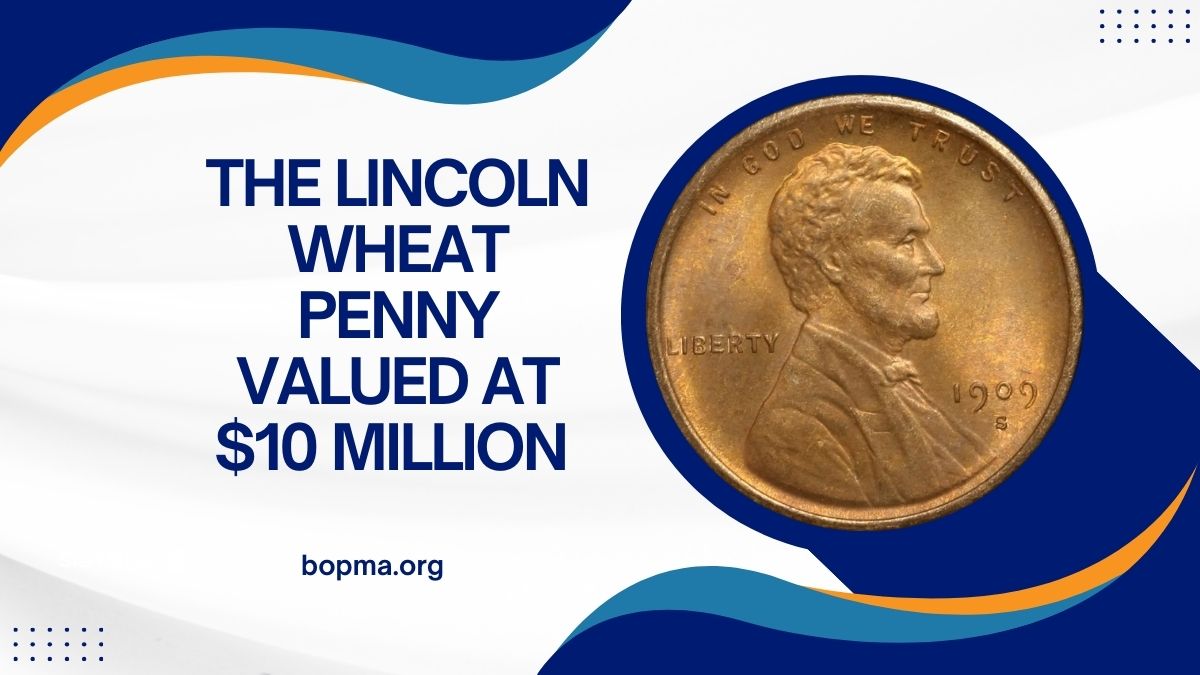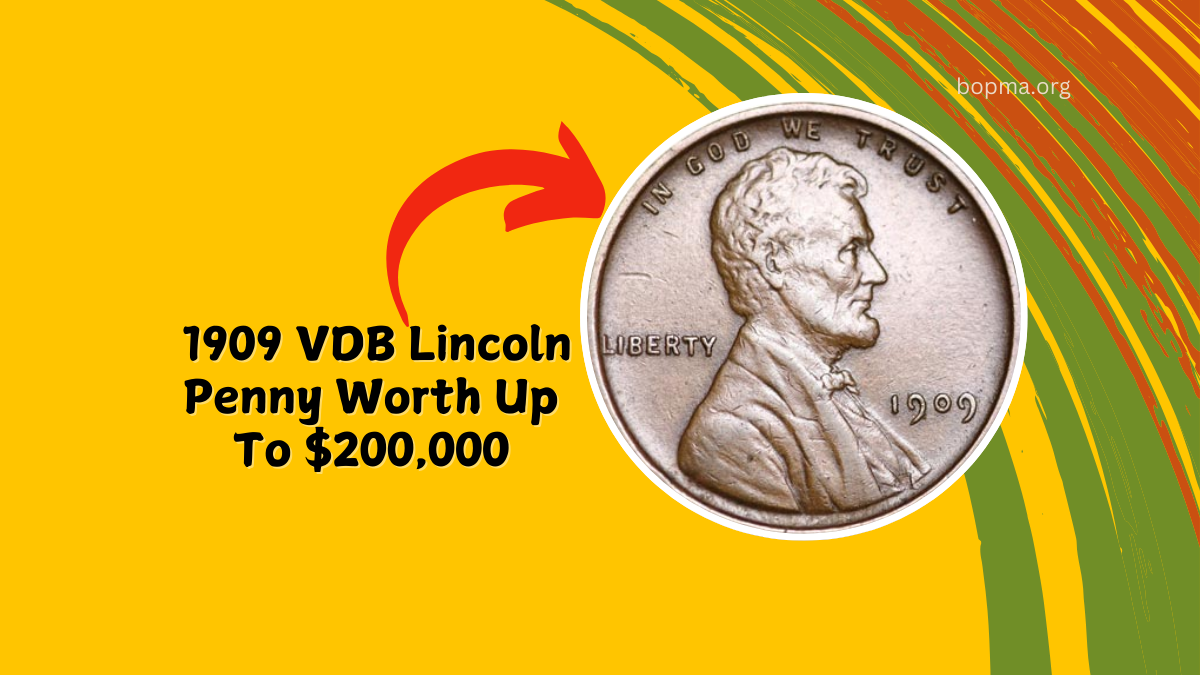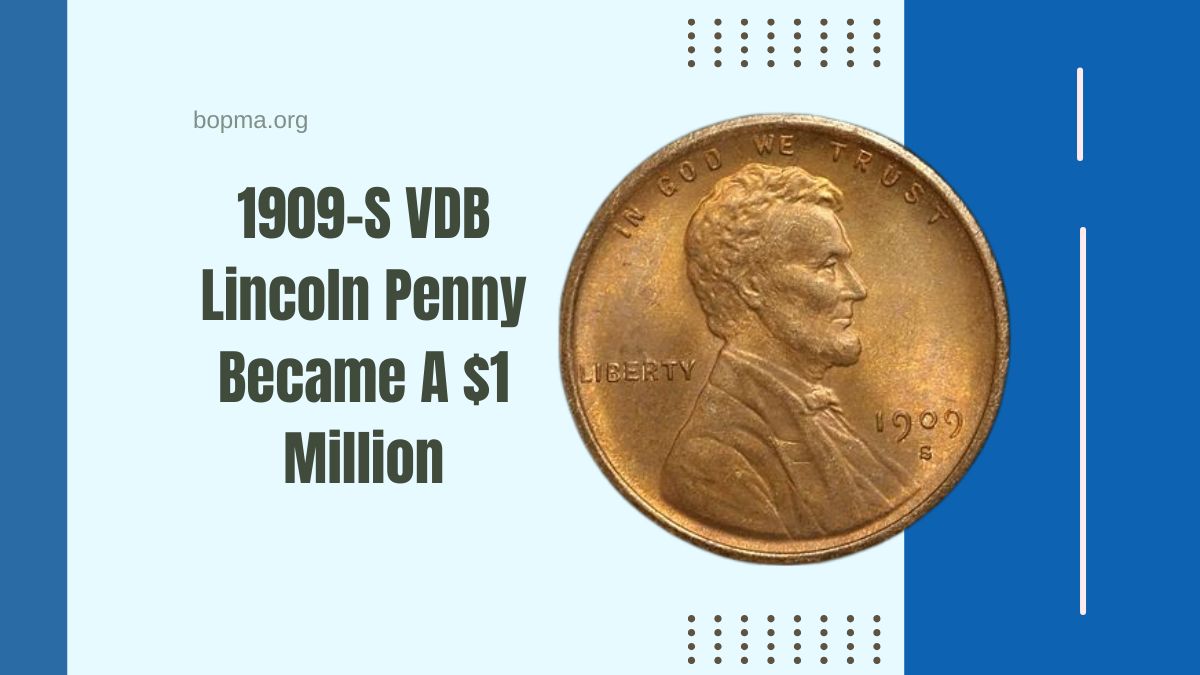In the realm of numismatics, certain coin errors can transform ordinary currency into highly valuable collector’s items. One such example is the 1983 Lincoln penny with a doubled die reverse error, which has been known to fetch prices as high as $7,050 at auction.
This article delves into the specifics of this error, its identification, and its significance in the coin-collecting community.
Understanding the 1983 Lincoln Penny
In 1983, the United States Mint produced Lincoln pennies primarily composed of 97.5% zinc and 2.5% copper, a shift from the previous predominantly copper composition. This change aimed to reduce production costs due to the rising price of copper.
Despite this transition, the design elements remained consistent, featuring President Abraham Lincoln’s profile on the obverse and the Lincoln Memorial on the reverse.
The Doubled Die Reverse Error
A doubled die error occurs during the coin’s minting process when the die used to strike the coin features a duplicated design.
In the case of the 1983 Lincoln penny, this error manifests on the reverse side, where the inscriptions “ONE CENT,” “E PLURIBUS UNUM,” and “UNITED STATES OF AMERICA” exhibit noticeable doubling.
This doubling is often clear enough to be seen with the naked eye, making it a distinctive and sought-after error among collectors.
Identifying the Error
To determine if a 1983 Lincoln penny possesses the doubled die reverse error, collectors should examine the coin’s reverse side closely. Key indicators include:
- Doubling in Inscriptions: Look for clear doubling in the words “ONE CENT,” “E PLURIBUS UNUM,” and “UNITED STATES OF AMERICA.”
- Enhanced Details: The letters may appear thicker or have a shadow-like effect due to the doubling.
Utilizing a magnifying glass or a jeweler’s loupe can aid in identifying these details more accurately.
Value and Significance
The value of a 1983 doubled die reverse Lincoln penny largely depends on its condition and the prominence of the error. Coins in uncirculated or mint state conditions with a clearly visible doubling can command higher prices.
Notably, an uncirculated 1983 doubled die reverse penny graded MS68RD (Mint State 68 Red) sold for $7,050, highlighting the significant premium such errors can achieve in the market.
Comparison of 1983 Lincoln Penny Values
| Coin Type | Condition | Approximate Value |
|---|---|---|
| Standard 1983 Penny | Circulated | Face value |
| Standard 1983 Penny | Uncirculated MS68 | Up to $575 |
| 1983 Doubled Die Reverse Penny | Uncirculated MS68 | Up to $7,050 |
Other Notable 1983 Penny Errors
Apart from the doubled die reverse, collectors should be aware of other 1983 penny errors that can enhance a coin’s value:
- Transitional Error: Some 1983 pennies were mistakenly struck on copper planchets instead of the intended zinc ones. These copper pennies weigh approximately 3.1 grams, compared to the standard 2.5 grams for zinc pennies. Such errors are exceedingly rare and can be worth over $20,000.
- Die Clash Errors: Occur when the obverse and reverse dies strike each other without a planchet in between, resulting in an imprint of one die on the opposite side of the coin. These errors can also add to the coin’s value, depending on their visibility and severity.
The 1983 Lincoln penny with a doubled die reverse error exemplifies how minting anomalies can significantly increase a coin’s desirability and value among collectors. Identifying such errors requires careful examination, but the potential rewards make it a worthwhile endeavor for numismatists.
As always, consulting with a reputable coin grading service can provide authentication and accurate valuation of these unique coins.
FAQs
What causes a doubled die error?
A doubled die error occurs during the hubbing process when a die receives an additional, misaligned impression, resulting in duplicated design elements on the struck coins.
How can I verify the authenticity of a 1983 doubled die reverse penny?
To confirm authenticity, it’s advisable to have the coin evaluated by a professional coin grading service, which can certify the error and provide a condition grade.
Are all 1983 pennies with doubling considered valuable?
Not necessarily. Only those with significant and authenticated doubled die errors, especially in uncirculated condition, hold substantial value. Minor or machine doubling does not typically increase a coin’s worth.




